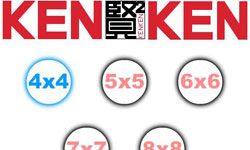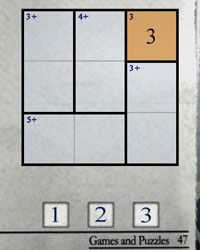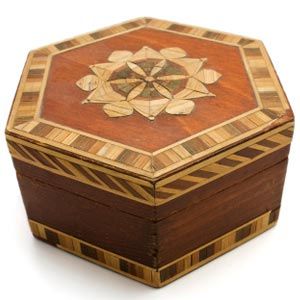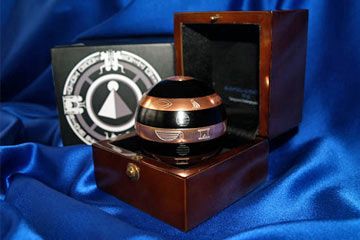KenKen puzzles -- strategic, arithmetic-based mental exercises -- were created by Japanese math teacher Tetsuya Miyamoto in 2004. Miyamoto grew up a less-than-stellar student and felt that traditional teaching methods, laden with exams, weren't the best way to learn. Solving puzzles like KenKen, however, trained the brains of kids and adults alike to be great problem-solvers, which served them well in school, work and life. This philosophy helped shape Miyamoto's creation of the game, as well as its name -- ken is the Japanese word for wisdom, so the name KenKen roughly translates to wisdom squared [source: KenKen].
KenKen puzzles consist of a grid that can be anywhere from 3-by-3 to 9-by-9 cubes. Each puzzle is further divided into cages, or groups of cubes. A cage can be as small as one cube, or a more complex series of several cubes spanning different rows and columns. Each cage contains a target number and mathematical operation (addition, subtraction, division or multiplication). To solve the puzzle, you must place the proper number in each cube, guided by the target numbers and their specified math operations.
Advertisement
In 2006, shortly after Miyamoto invented his puzzle, Japanese educational publisher Gakken began marketing them as a series of children's books. In no time, 1.5 million were sold. By the end of 2008, the puzzles were an international sensation, as U.S.-based company Nextoy began marketing them internationally, and The Times (UK) newspaper began printing a KenKen puzzle each day [source: KenKen].
With demand so high, Miyamoto couldn't possibly create all of the puzzles himself, so the Kenerator was born. The computer program, developed in part by Miyamoto, now creates all the puzzles, then checks to make sure they're correct, that no row or column repeats a number and that each puzzle only has one solution [source: KenKen].
Today, you can find KenKen puzzles in many newspapers and magazines, online and even as a mobile smartphone app.
Advertisement



